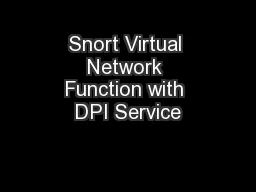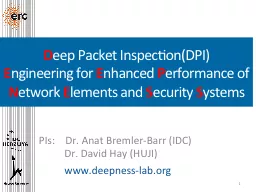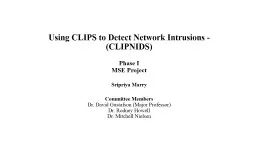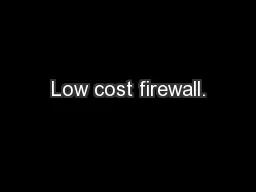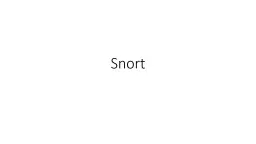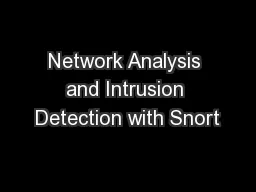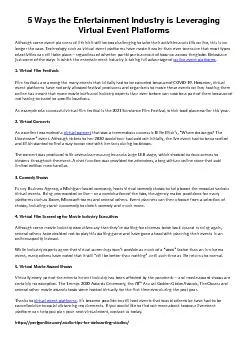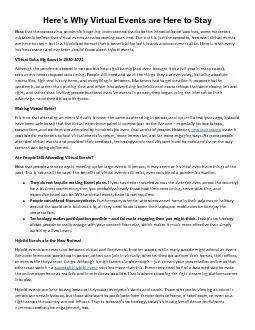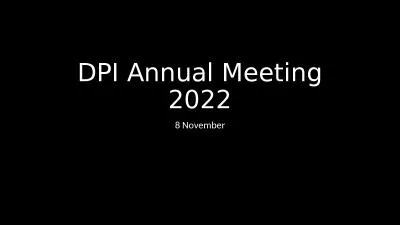PPT-Snort Virtual Network Function with DPI Service
Author : min-jolicoeur | Published Date : 2018-01-07
Asher Gruber January 2017 This work was carried out under the supervision of Prof Anat Bremler Bar and Mr Yotam Harhol Agenda Introduction DPI as a Service
Presentation Embed Code
Download Presentation
Download Presentation The PPT/PDF document "Snort Virtual Network Function with DPI ..." is the property of its rightful owner. Permission is granted to download and print the materials on this website for personal, non-commercial use only, and to display it on your personal computer provided you do not modify the materials and that you retain all copyright notices contained in the materials. By downloading content from our website, you accept the terms of this agreement.
Snort Virtual Network Function with DPI Service: Transcript
Download Rules Of Document
"Snort Virtual Network Function with DPI Service"The content belongs to its owner. You may download and print it for personal use, without modification, and keep all copyright notices. By downloading, you agree to these terms.
Related Documents

